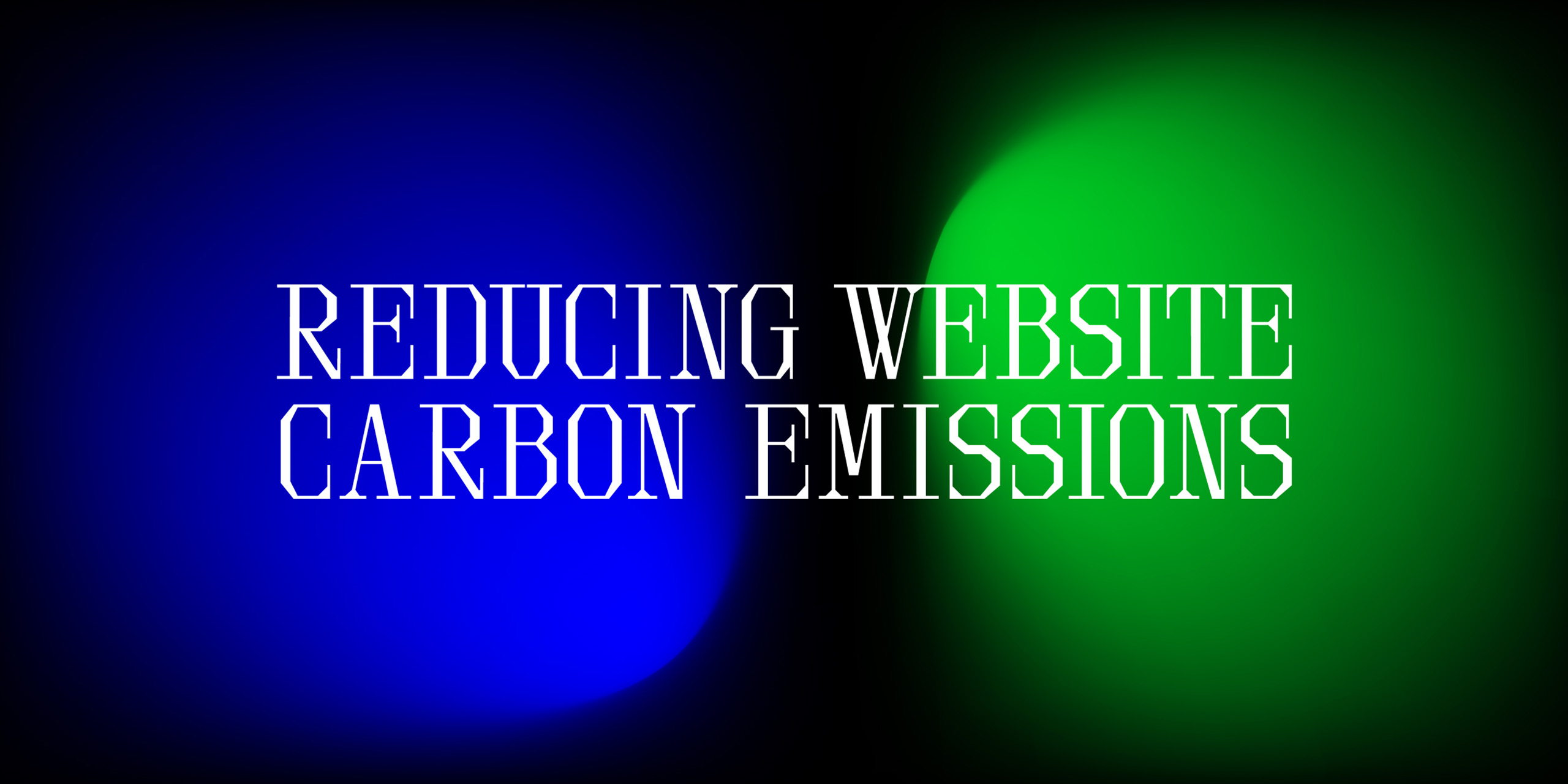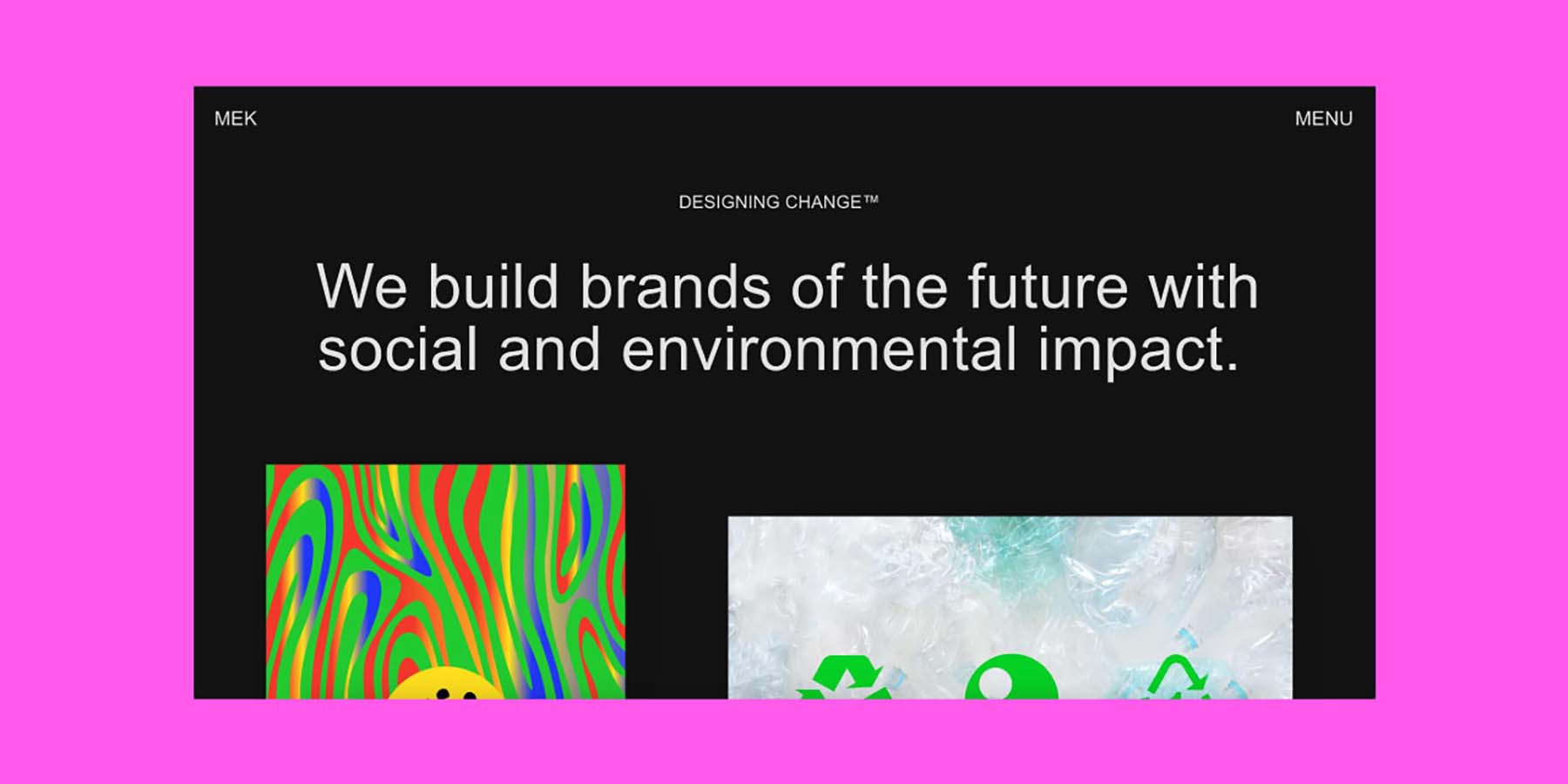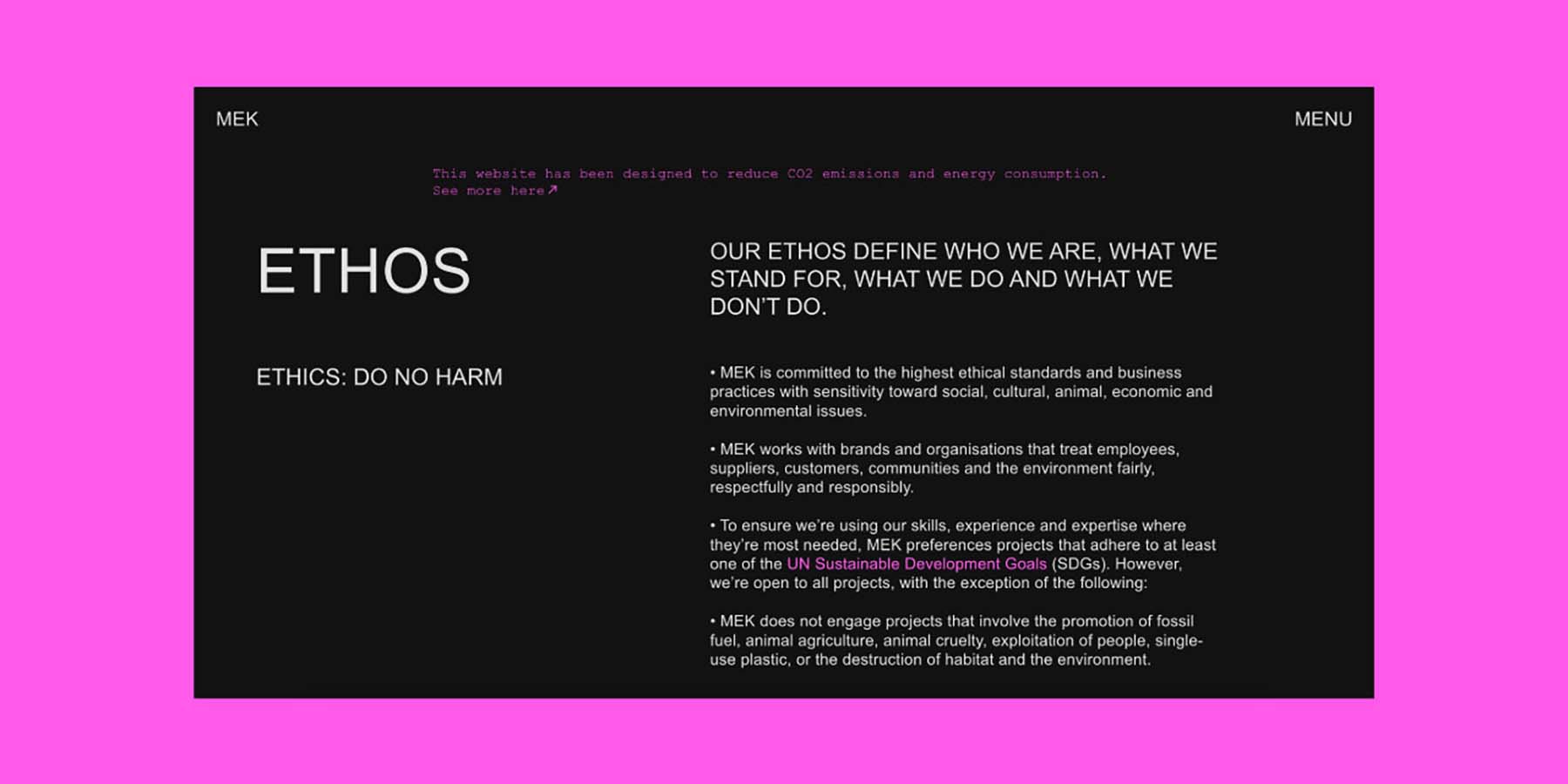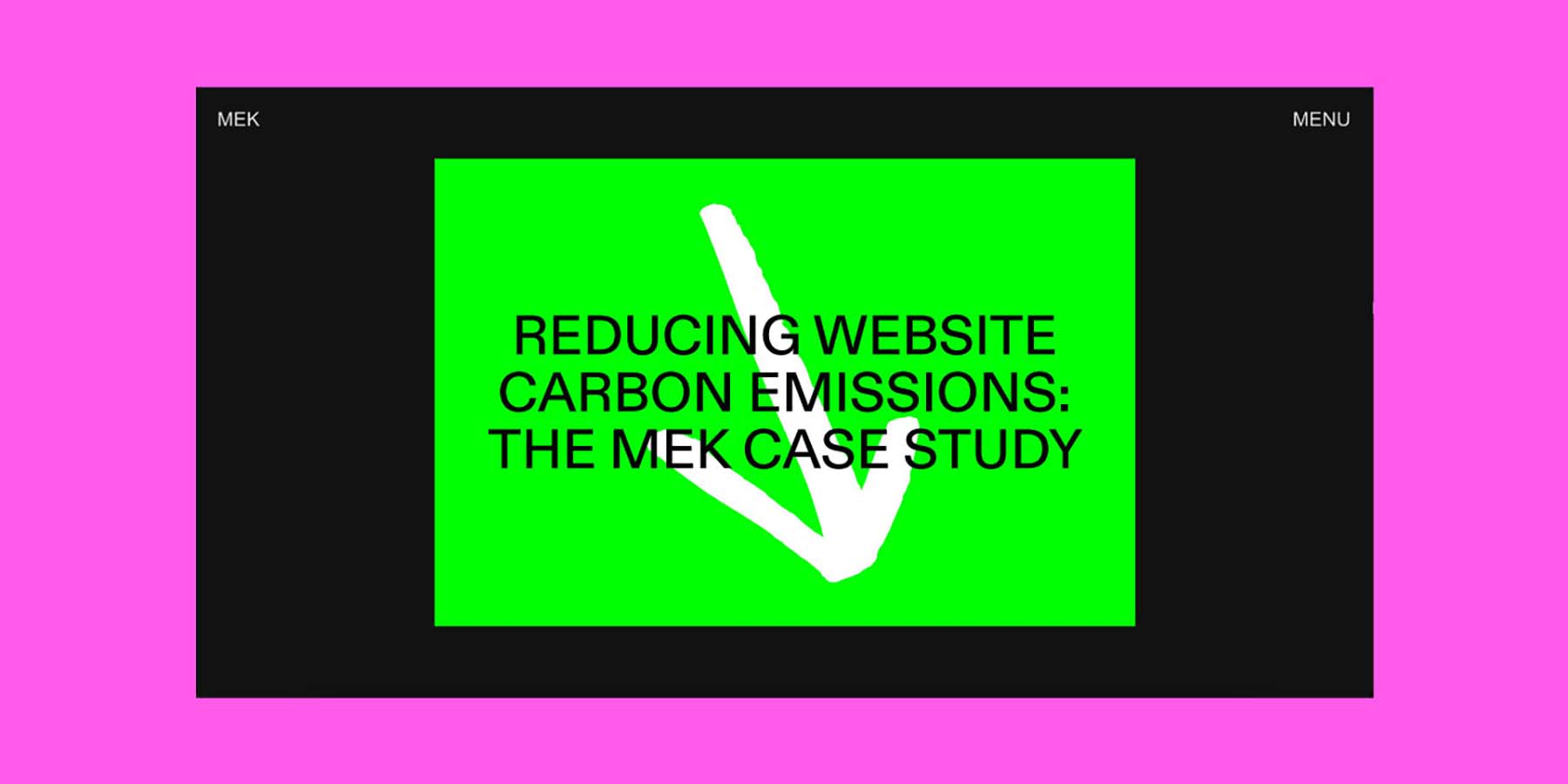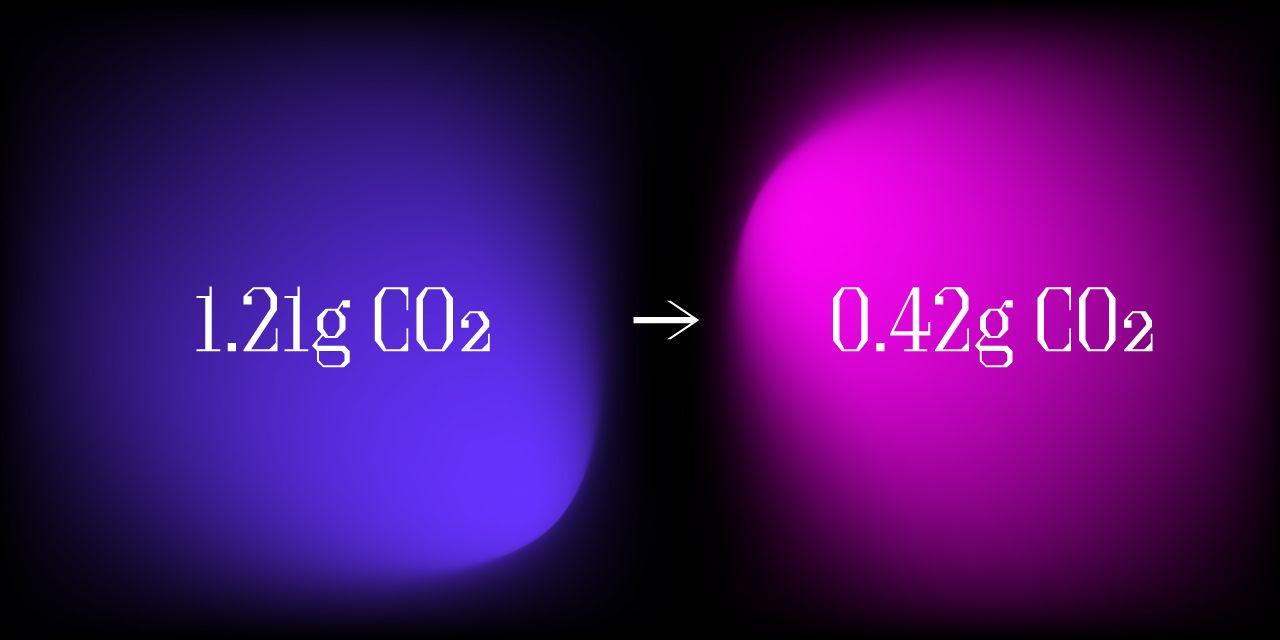The design was implemented through an initial process of auditing the existing website and measuring its carbon emissions. Our focus was on energy intensive elements that we could redesign or improve upon: code, typography, colour, images, content, layout. We documented the process in a comprehensive open source case study which demonstrates and compares our previous site’s elements against the new site, along with CO2 and energy measurements. This process came through noting the emissions between the old site and new site, which ultimately led to creating the case study and exceeding the design brief.
We created our website specifically designed to reduce CO2 emissions and energy consumption.
Every website is hosted on a server, and most of the world’s servers are powered by fossil fuels. We created our website specifically designed to reduce CO2 emissions and energy consumption.
The process was documented in an open source case study to inspire others and help businesses transition to sustainable digital practices. The case study also serves as a roadmap to help designers, studios and agencies create low emission websites as a new service for clients looking to reduce their impact.
Through this project we reduced our website carbon emissions by 67%.
Design Brief:
The problem we sought to solve was to reduce our website’s carbon emissions after learning how energy intensive websites are due to most of the world’s servers being powered by fossil fuels. Our aim was to design a new website that reduced emissions and energy consumption, prioritising design principles, functionality and accessibility.

